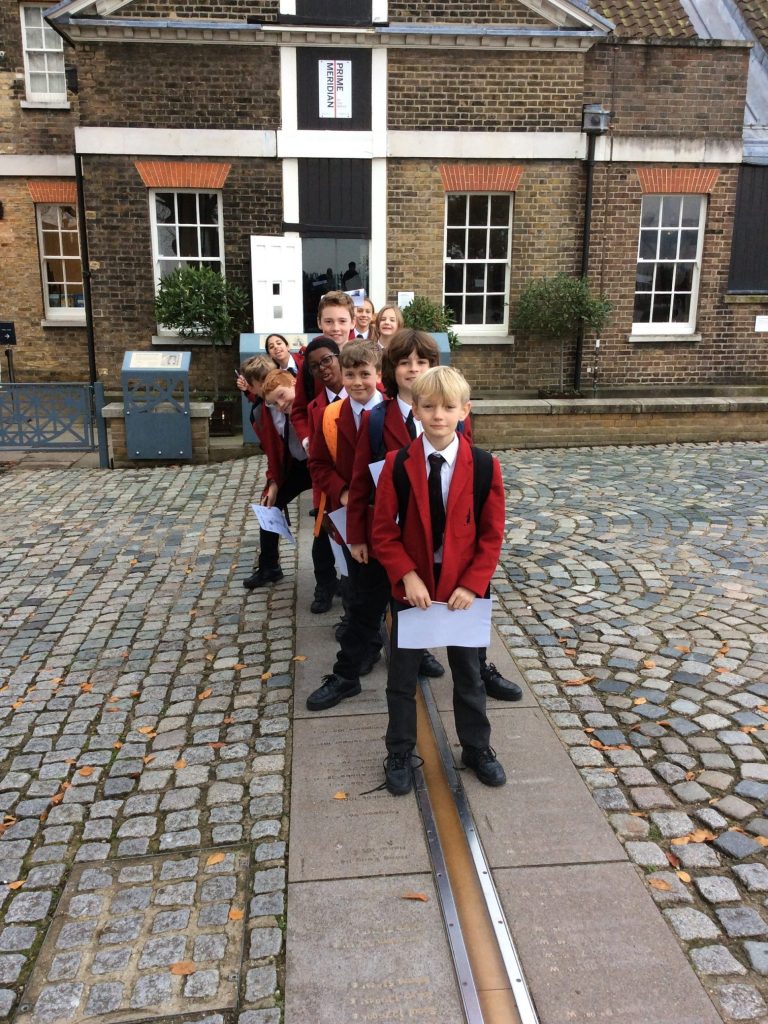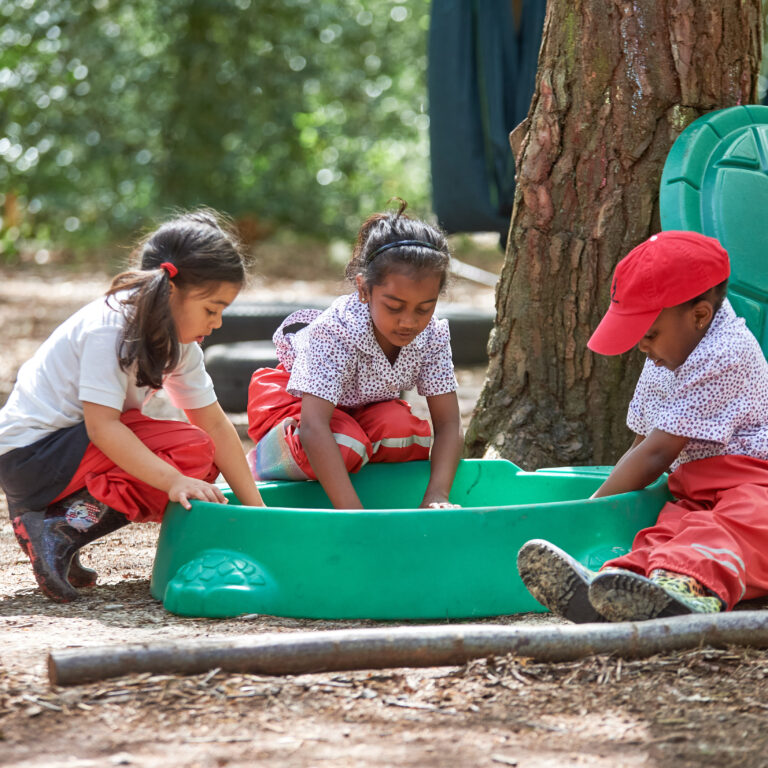A big part of outdoor learning is instilling a sense of responsibility for the environment and sustainability, discussing how we look after the natural world around us through recycling, use of plastics, saving energy, collecting water, etc. Your child will explore nature, learn about trees, follow the seasons, understand plant growth, explore minibeasts and find big puddles to jump in.
Pre-prep outdoor learning
Frequently asked questions
How are the sessions structured?
We plan and suggest activities, such as making bow saws, fire lighting, identifying animal footprints, or cooking. But these evolve as the children explore the forest environment. We are reactive and respond to the children’s questions and imagination.
What areas of learning are covered? And how does it relate to the curriculum?
Learning in the woods and outdoors is limitless and almost everything we do can be linked to the curriculum. Just a few examples include year 2 children, during their topic on The Great Fire of London, built their own timber houses in the woods, and then we lit fires to burn them down! Reception children’s work on minibeasts lends itself perfectly to building bug hotels during their sessions, and year 1’s science topic on changing materials gave us a great excuse to melt sugar over their forest school fire and dip in apples for delicious toffee apple snacks!
How often do the children get out there?
Every week, whatever the weather!
So what happens if it’s bad weather?
We keep a close eye on the weather. We try to continue with the session regardless of the weather as changes in the forecast can offer exciting opportunities for now explorations. Such as building a den or shelter in the rain! The children are equipped with protective clothing including waterproof coats, trousers and boots.
However, session will be cancelled in very strong winds measuring six on the beaufort scale. Or in lighting/thunderstorms, very icy conditions, or flooding. In these situations, we will deliver something indoor.
Is it for all age groups?
Yes it is! Children can enjoy skill-building, helping others, teamwork and personal challenges. This complements the ethos of our school and support our aim to develop character in our pupils.



